Aw, rats! When nights are cold, rats seek warm places to nestle in, like car engines.
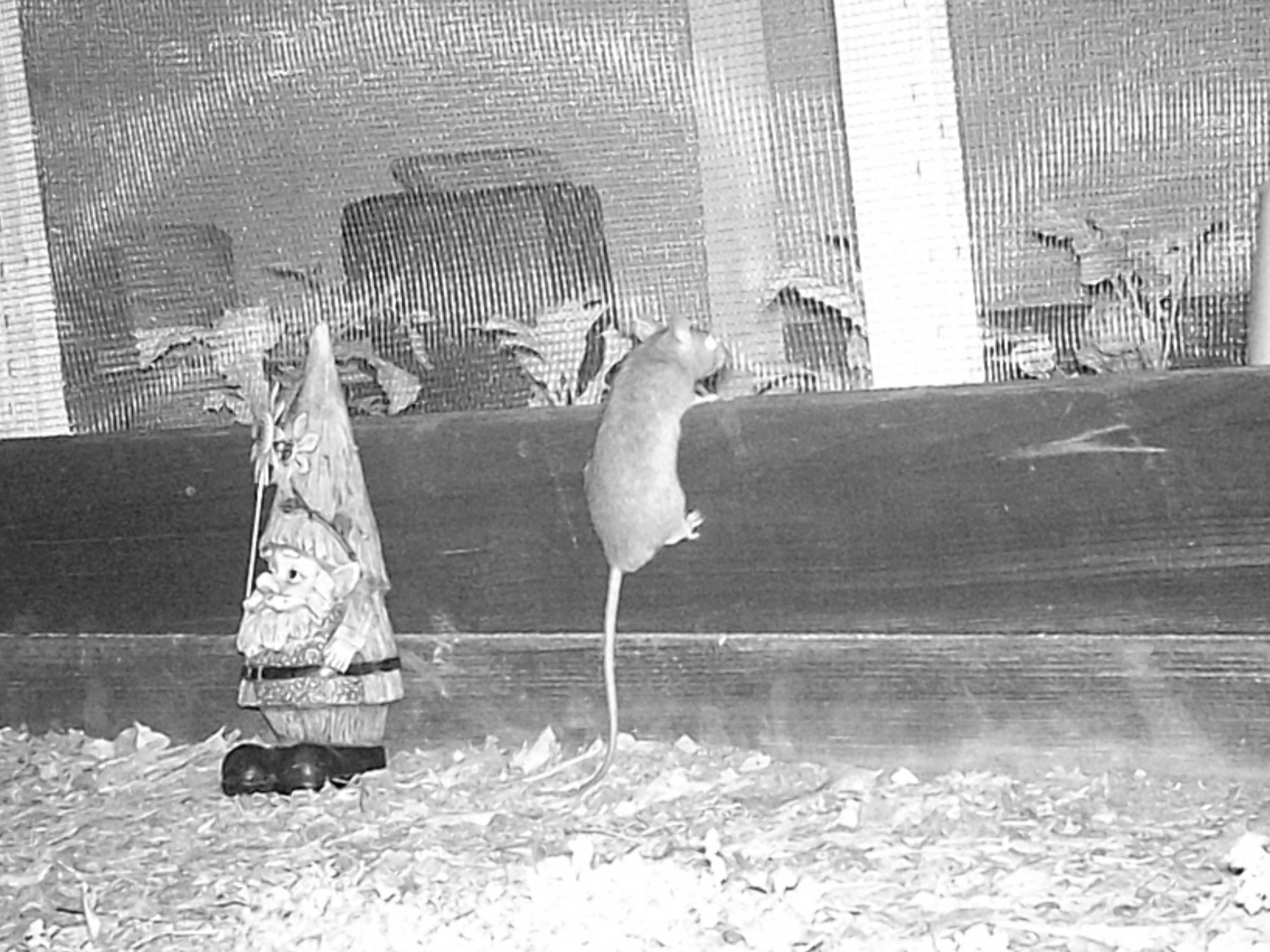
On chilly nights, rats will look for warm places to shelter. A car engine seems like an unlikely place for rats to nestle in for the night but it makes sense since it gets to a perfectly warm temperature up inside a few hours after the vehicle has been parked. The rats also get the added bonus of being hidden and protected under a closed hood. Rats can also get inside vehicles through vents, sometimes chewing through the cabin filter in the process. Damage caused by rats chewing on wiring can cost hundreds, even thousands, of dollars in repairs.
Signs that rats are getting into your engine
Vehicle owners may not be aware that rats are nesting in their vehicle's engine compartment. But some of the more obvious signs are:
- Electrical components on the dashboard start malfunctioning/"acting weird"
- Rattling or other unusual noises coming from the engine
- Bits of fur inside the vehicle
- Shredded paper, trash
- Fecal pellets on the engine, inside on the floor and seats, inside the trunk and storage areas
- Smoke and/or the smell of something burning
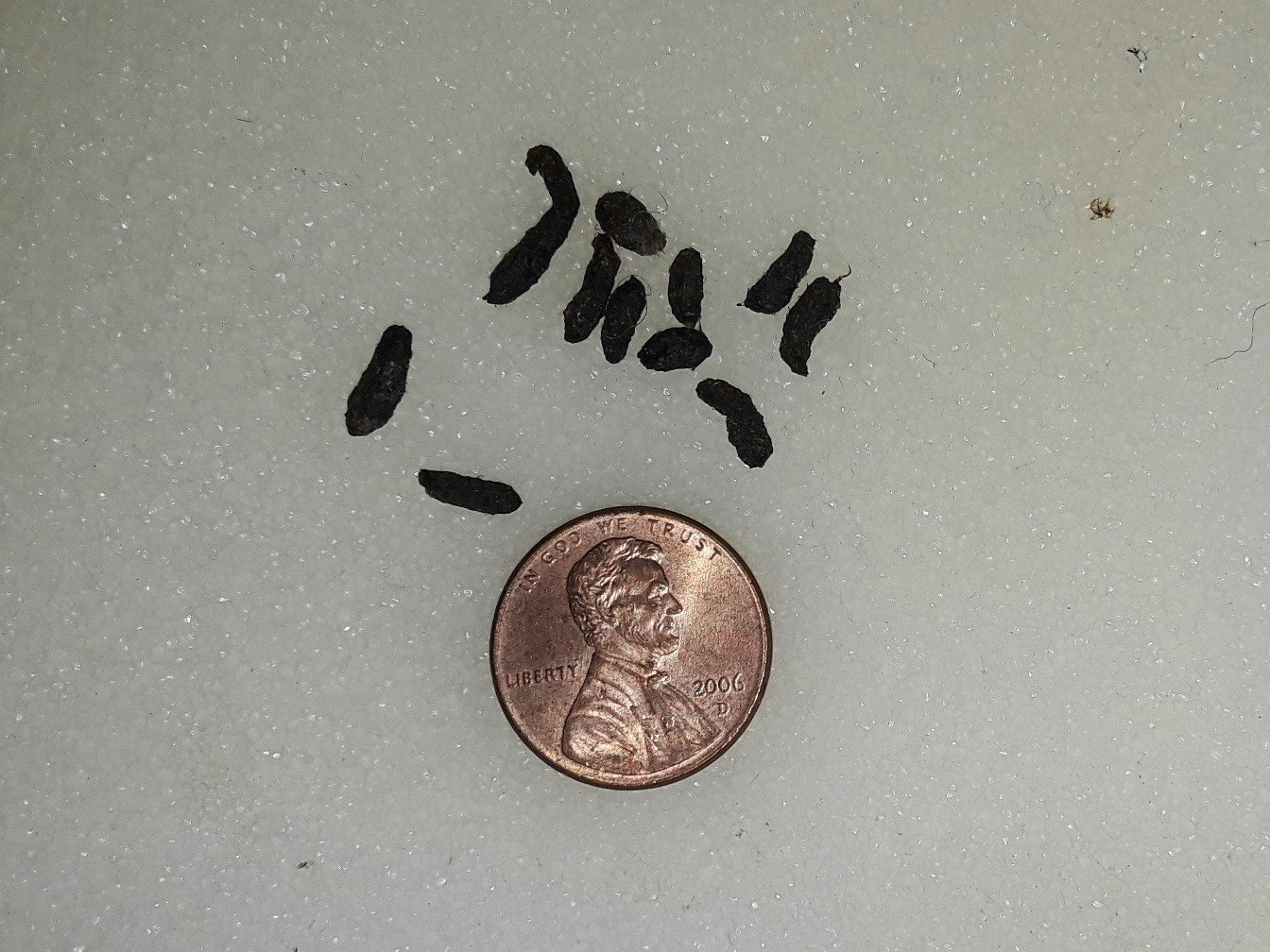
What to Look for Under the Hood:
When inspecting for rats in the engine compartment, here's what to look for:
- Sometimes it's easy - you'll see a rat!
- Chewing damage to wiring
- Nesting material such as shredded paper, wrappers, twigs and plant debris, etc.
- Pieces of fruit, pits, rinds, nut shells, etc.
- Fecal pellets
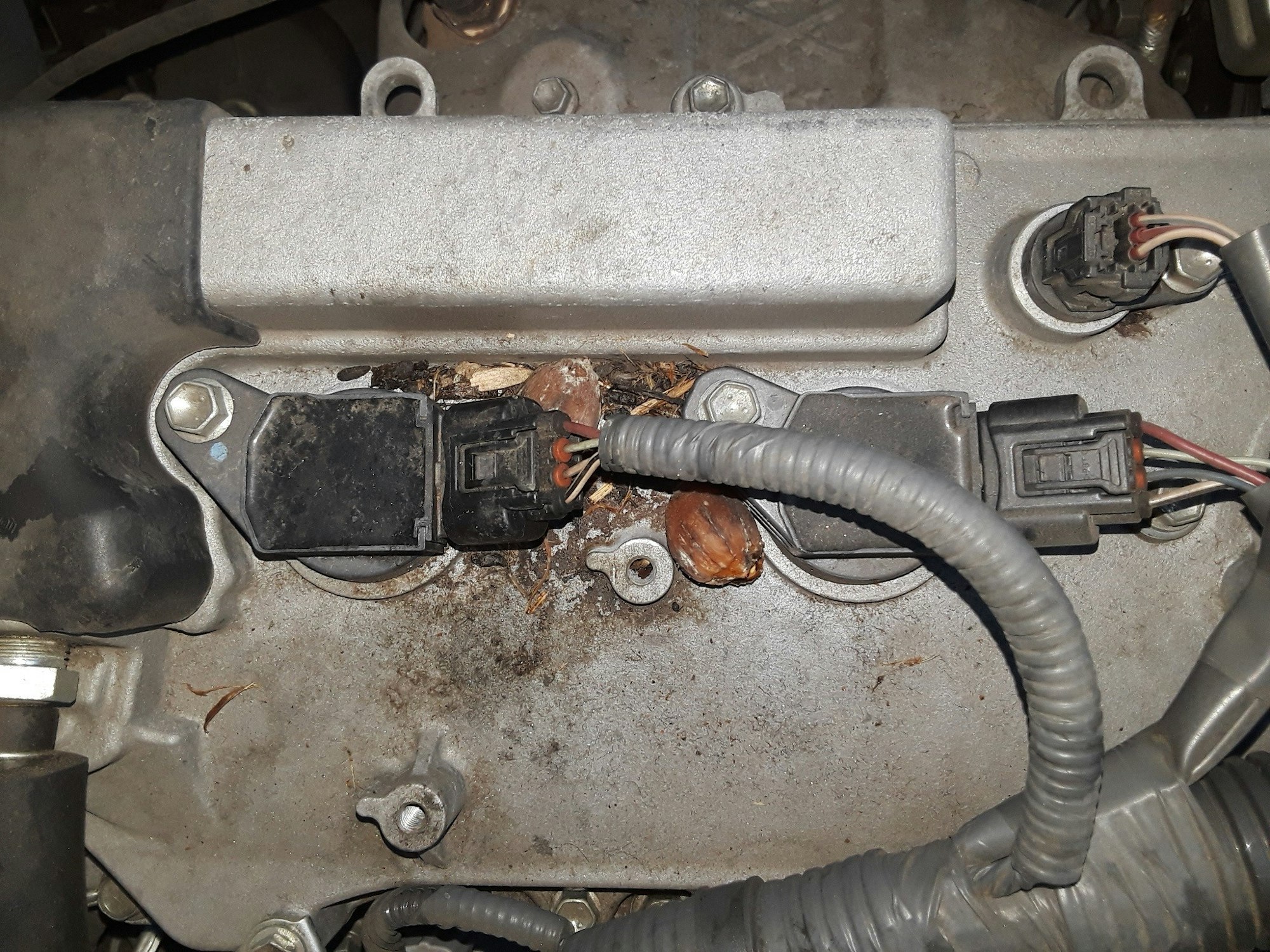
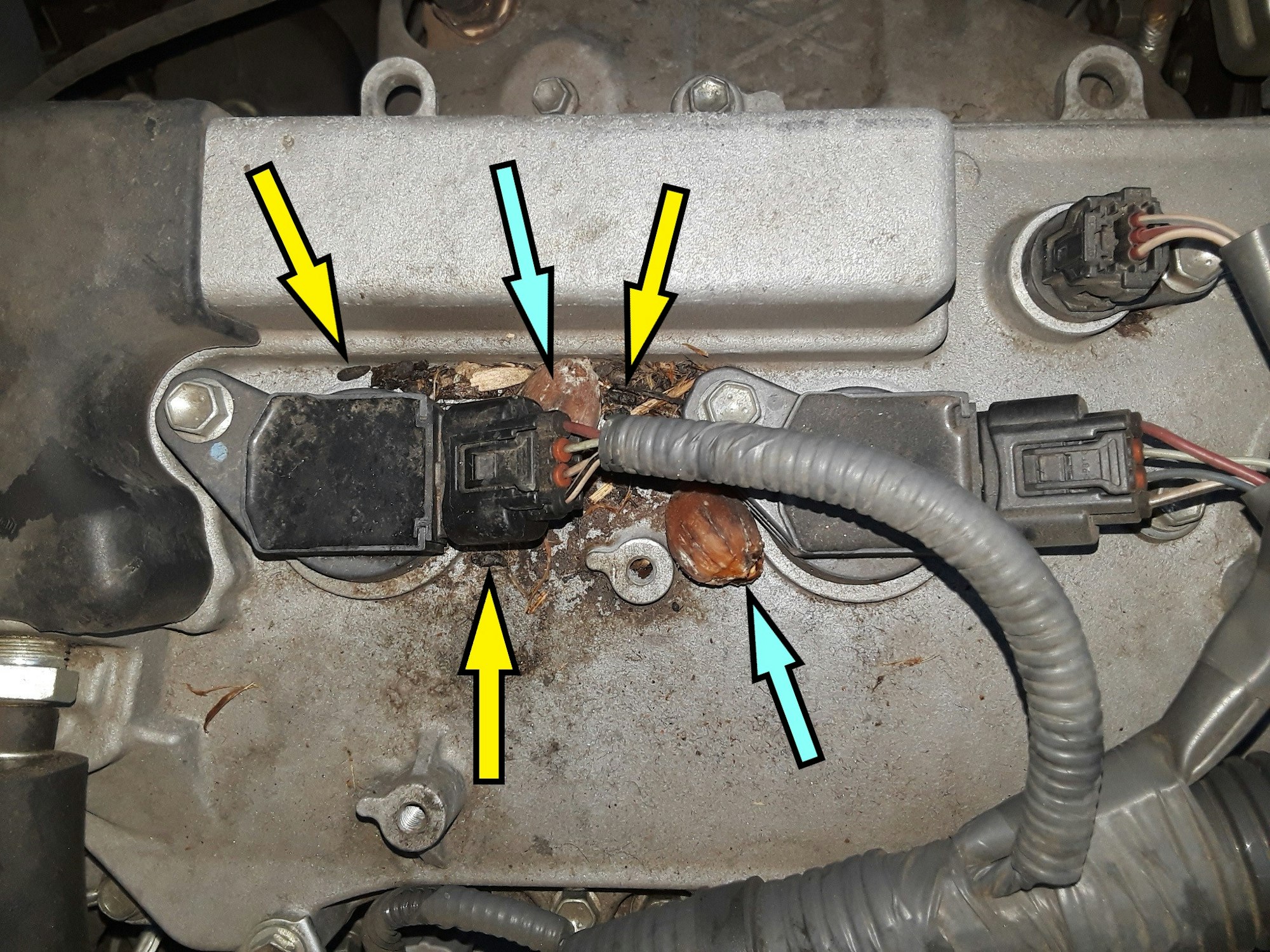
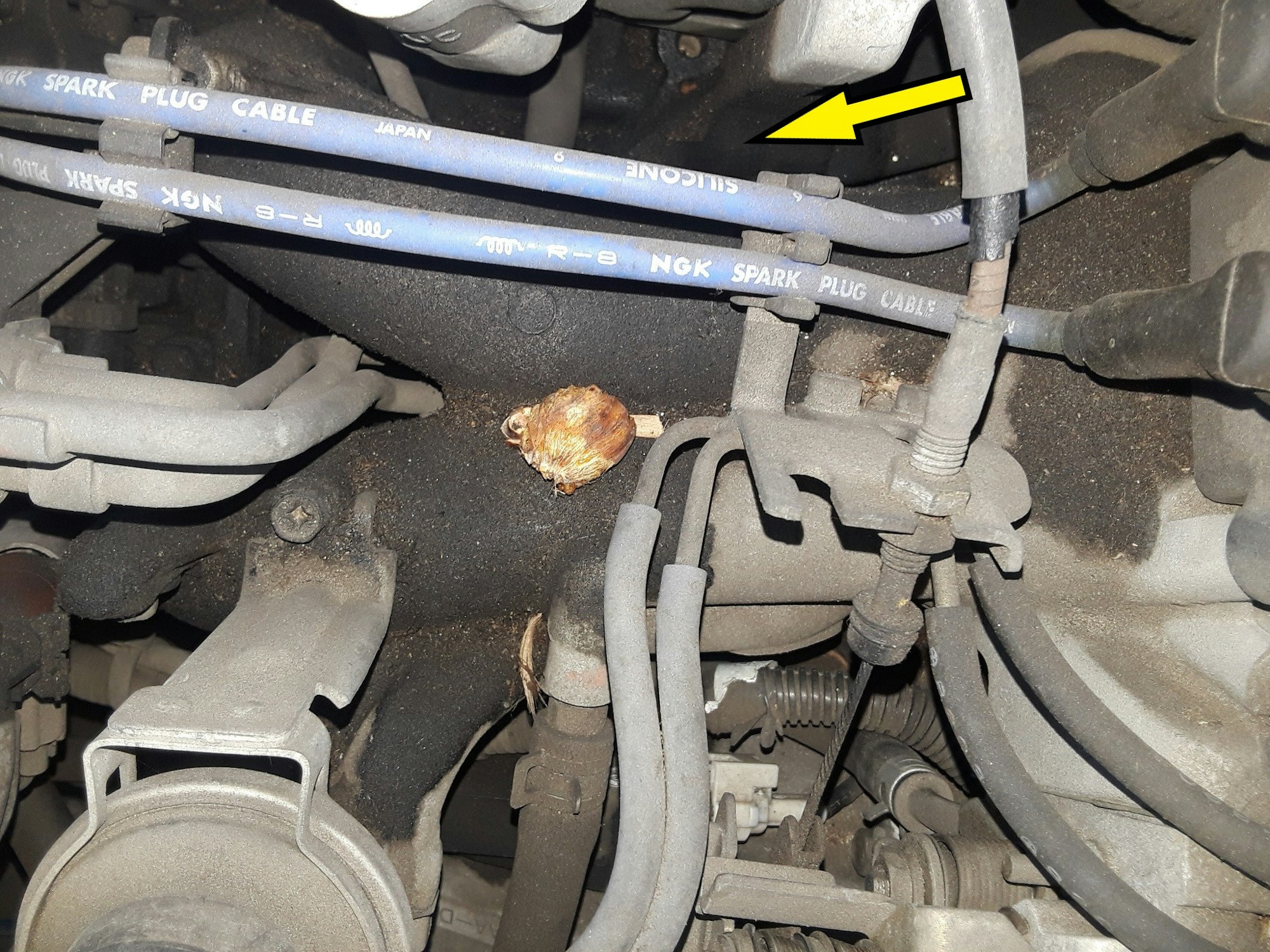
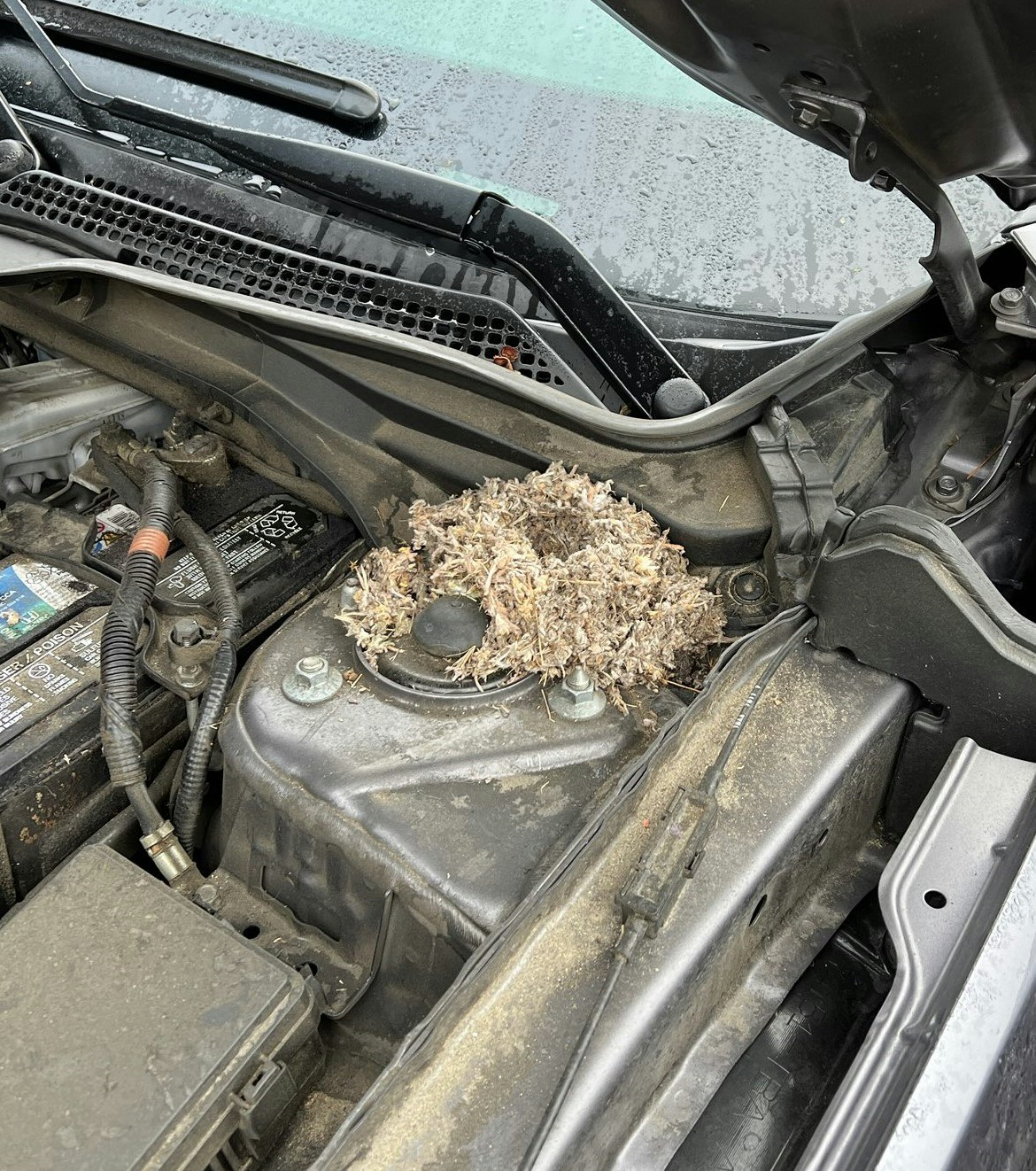

Ways to Reduce the Chances of Rats Getting into Your Vehicle
The main goal is to make the vehicle less attractive to rats. Some steps to take include:
- If possible, park your vehicle in the garage.
- Prop up the hood of your vehicle if the engine is hot or warm so the engine will cool off faster. Leave the hood open as long as is practical and possible.
- Remove, cut back, thin out thick vegetation near where you park your vehicles.
- Remove clutter, trash and other piles of debris next to where your vehicle is parked (thick vegetation and piles of clutter and debris provide ideal shelter for rats.)
- Remove fallen fruit, clean up bird seed near where vehicles are parked. Move bird feeders away from parking areas or remove them permanently.
Rat Control
Information on how to control rats can be found in our District brochure on rodent control and the Pest Notes on rats available at the University of California, Integrated Pest Mangement website:

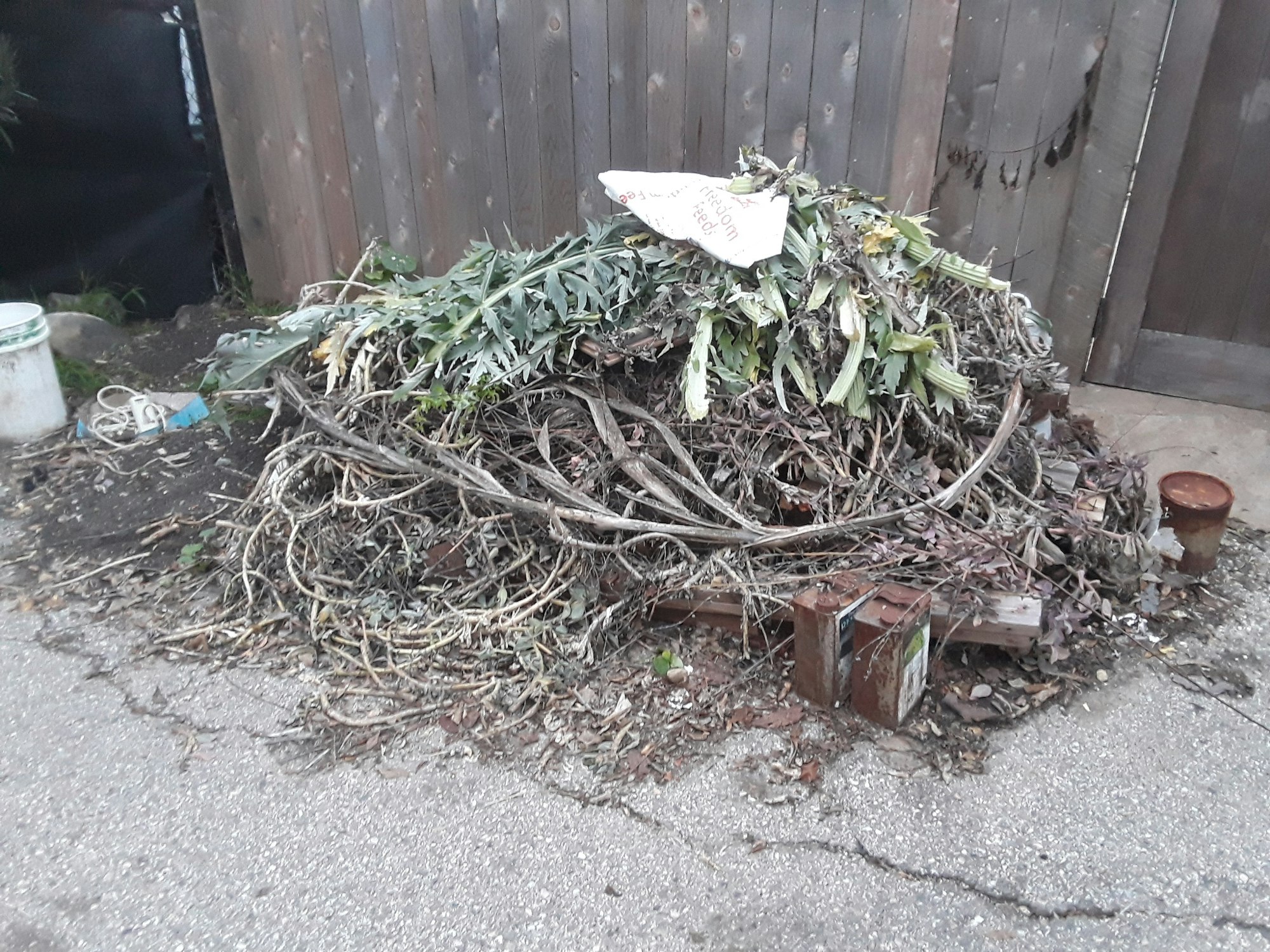


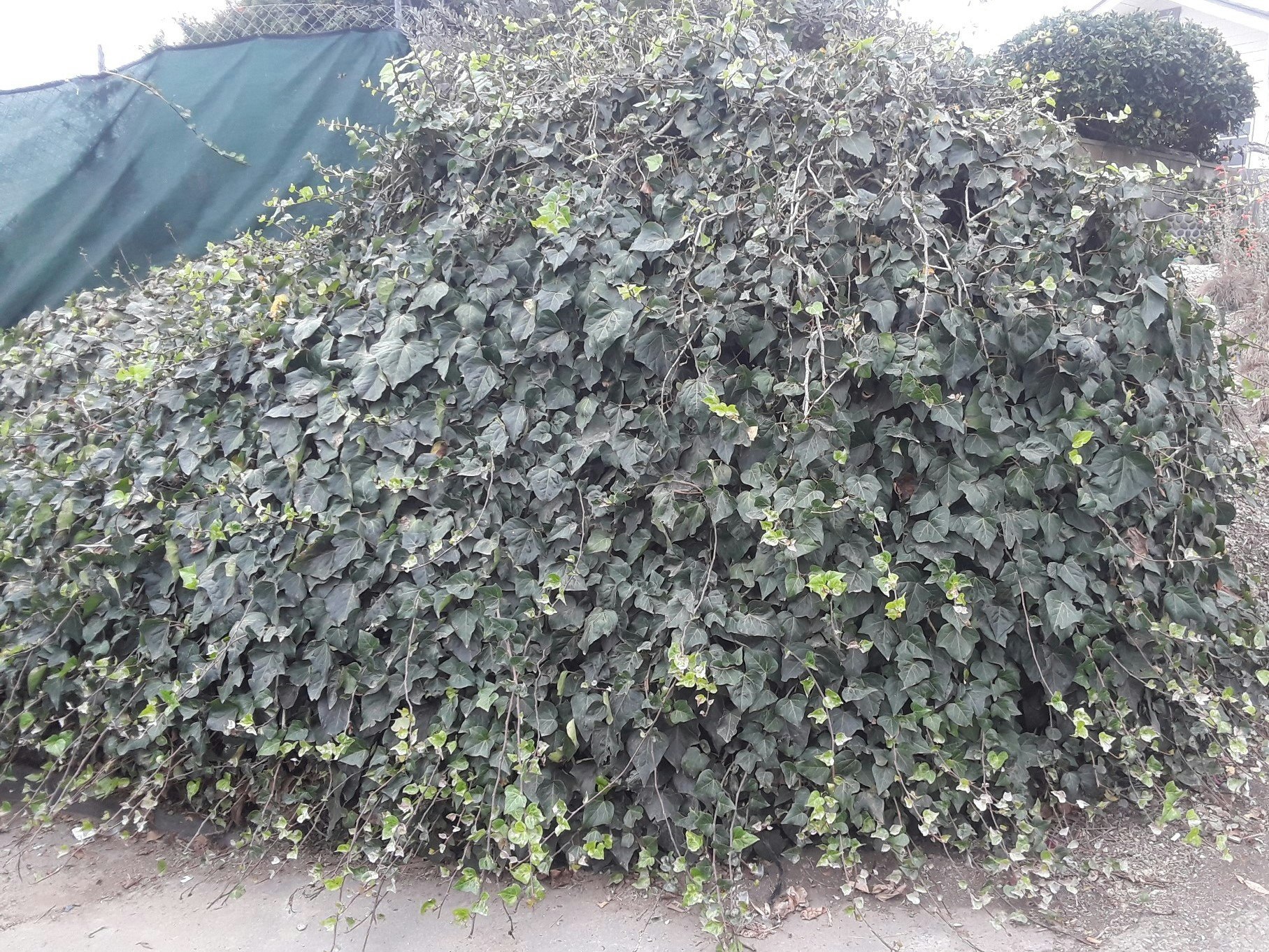

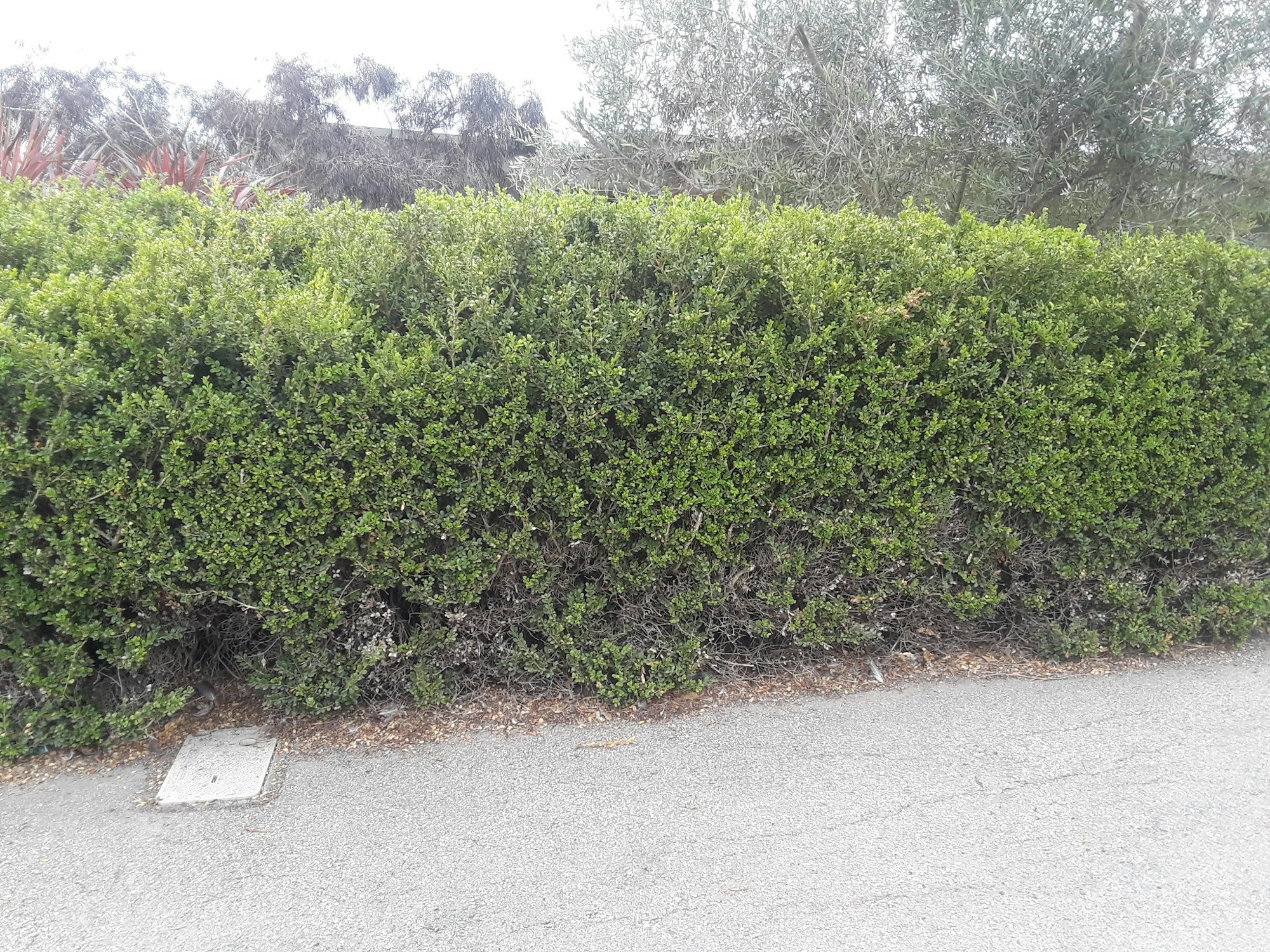
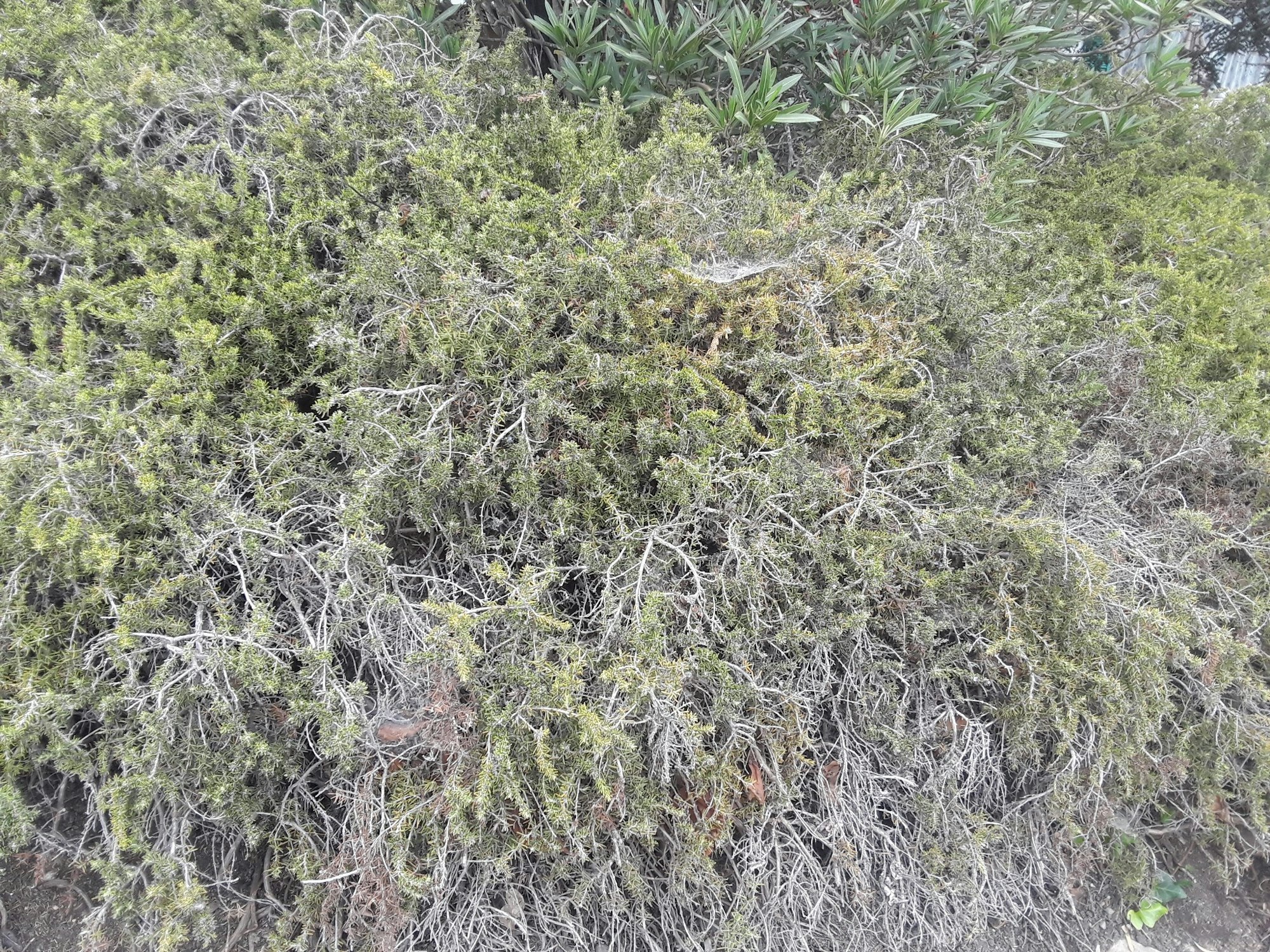
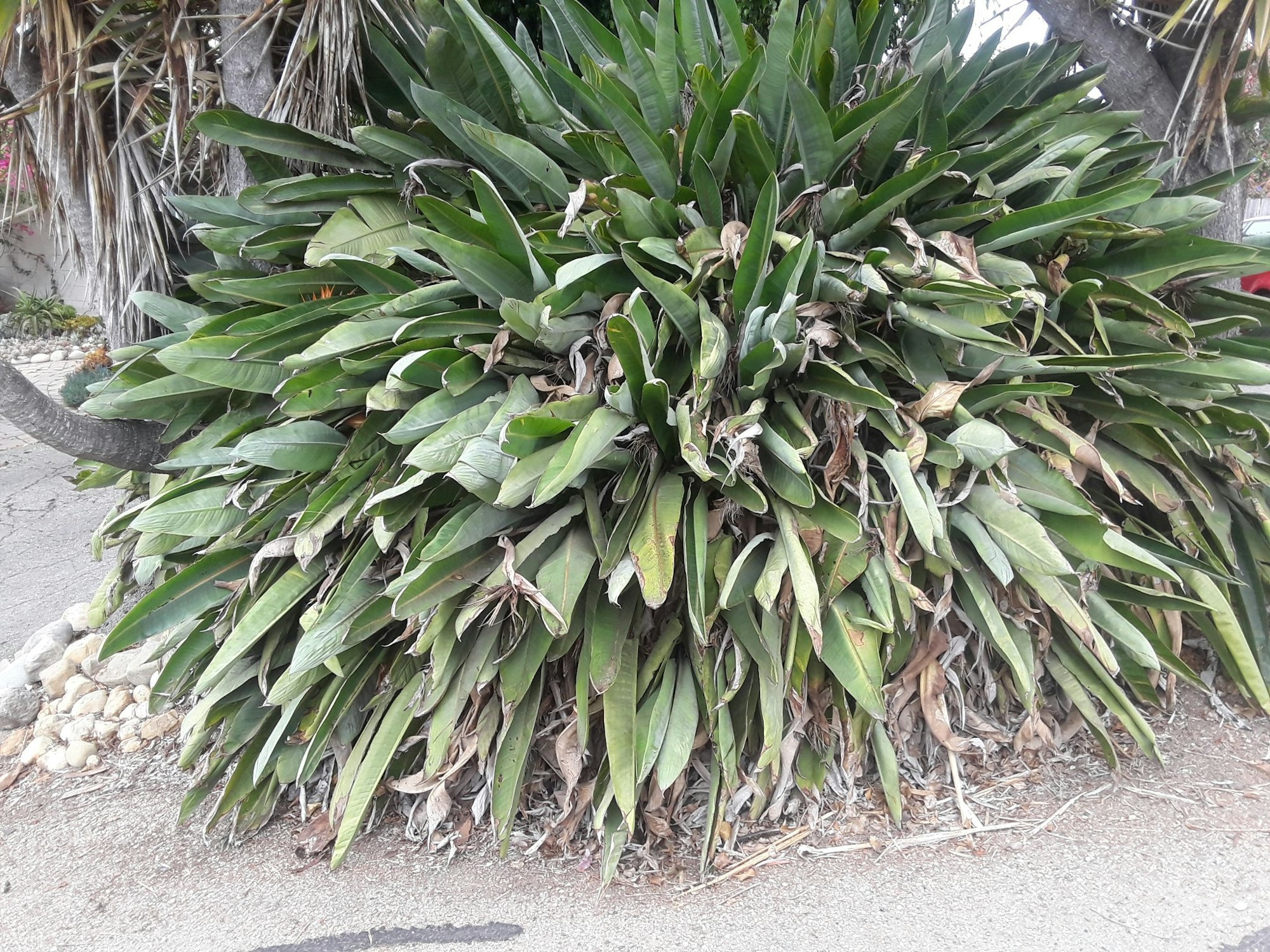









Additional Information
- Claims are made for various remedies that, when applied or placed in the engine compartment, will repel rats. There is no scientific evidence these remedies work, but if you choose to try them, be sure that they won't cause any damage or affect the operation of the vehicle. DO NOT use any pesticide product, chemical or device in a way that it is not intended to be used. NEVER use pest control products that aren't labeled for rodent control.
- Studies have shown that ultrasonic and high frequency sound devices that claim to drive rats away do not work.
- If you see evidence of infestation and/or damage, you may want to have the vehicle inspected by a mechanic for unseen damage.
